Do you know your tree barks?
From the textbook oak to the smooth London plane tree, how well do you know your tree barks?
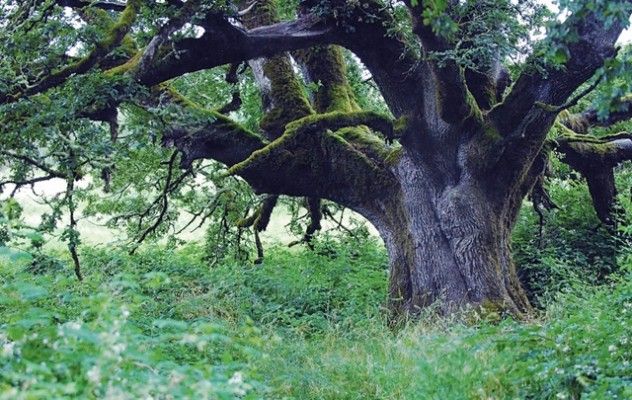

Tim Dee’s six best English tree barks
What is the quintessence of a tree? The poet W. B. Yeats beautifully stated the impossibility of ever arriving at a satisfactory answer to this question in Among School Children: ‘O chestnut-tree, great-rooted blossomer,/Are you the leaf, the blossom or the bole?’
The bole of a tree is its trunk beneath its branches. And let us add to Yeats’s list of arboreal essentials the bark that cloaks that trunk. To me, bark makes a tree. Plants have leaves and flowers and roots, but only trees have bark. And bark readily declares its sylvanicity or treedom.
English oak (Quercus robur) The textbook bark, grey-green and grey-brown corduroy and deeply lived in
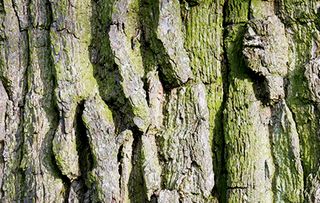
Common beech (Fagus sylvatica) A bark somehow still and quiet, smooth, silver-grey and massive, like an elephant in an English wood
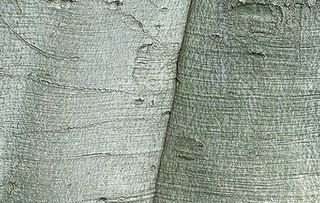
Scots pine (Pinus sylvestris) Papery orange-pink scales; a warming and aromatic bark often bleeding with sticky resin
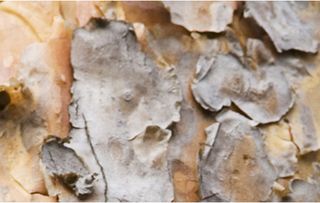
Silver birch (Betula pendula) Ash-white bark splits to dark diamonds; the paper-bark species found in gardens and city streets looks even more like a tree turning into a book
Sign up for the Country Life Newsletter
Exquisite houses, the beauty of Nature, and how to get the most from your life, straight to your inbox.
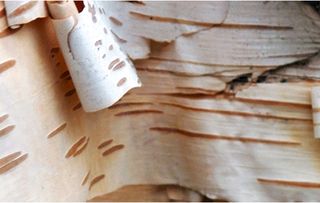
London plane (Platanus x hispanica) Bark plates of warm greys and sandy yellows pulled tight over a chunky frame. An urban survivor I might peel, but I’ll be back
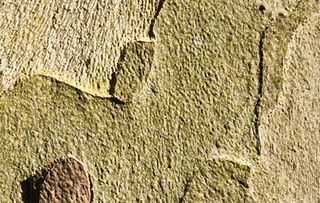
Wild black poplar (Populus nigra) The most rugged of barks, an upland landscape seen from space. Fissures like rivers in gorges swirl around burrs and snags like mountains and crags
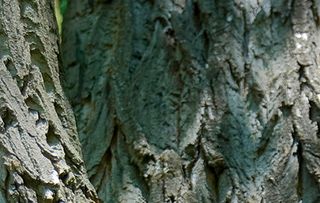
Bringing the quintessential English rural idle to life via interiors, food and drink, property and more Country Life’s travel content offers a window into the stunning scenery, imposing stately homes and quaint villages which make the UK’s countryside some of the most visited in the world.
-
 If the future of Ferrari is electric vehicles, then it is our future too
If the future of Ferrari is electric vehicles, then it is our future tooIt's widely believed that Ferrari will unveil its first electric car this year. It's the signal that the internal combustion era is coming to an end.
By James Fisher Published
-
 Gaze over Cap Ferrat in this four-bedroom French villa
Gaze over Cap Ferrat in this four-bedroom French villaIgnore the wind and the rain. Imagine yourself in this hillside home with some of the best views the Mediterranean can offer.
By James Fisher Published